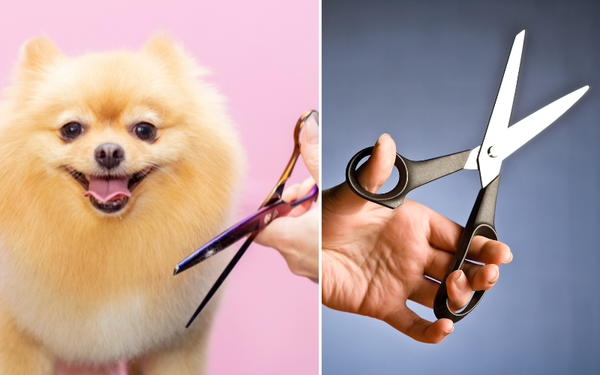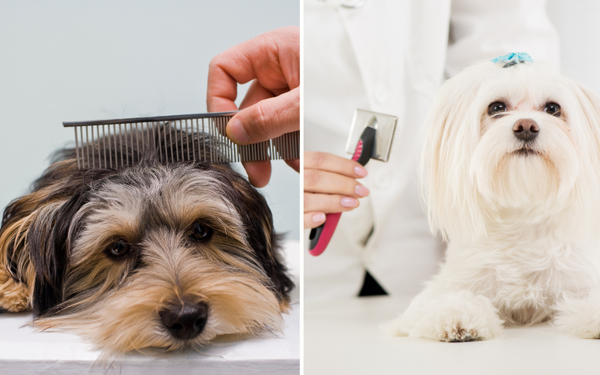In today's fast-paced world, technology advancements have seeped into almost every aspect of our lives, including pet care. One such technological marvel that has gained traction over the years is the automatic dog feeder. This device, at first glance, promises convenience for dog owners. But is it truly beneficial for our furry friends? Let's delve deeper into the world of automatic dog feeders.

The Rise of Automatic Dog Feeders
With increasingly busy schedules and the need for flexibility, many pet owners are turning to technological solutions to ensure their pets receive timely meals. Automatic dog feeders have become a popular choice, boasting a variety of features from timed releases to portion control. But, like any device, it comes with both advantages and potential pitfalls.
The Benefits
Consistency: One of the primary advantages of automatic dog feeders is the consistency they provide. Dogs thrive on routine. By setting the timer on these feeders, you ensure that your dog gets their meal at the same time every day, even if you're held up at work or running errands.
Portion Control: Obesity in dogs is a growing concern. With the precise portion controls offered by automatic feeders, it's easier to ensure that your dog gets the right amount of food, reducing the risk of overeating.
Convenience: For pet owners who are away from home for extended periods, or those who prefer to sleep in without a hungry dog nudging them awake, automatic dog feeders are a godsend.
The Concerns
However, as the popularity of automatic dog feeders rise, so do concerns about their impact on pet health and wellbeing.
Over-reliance: There's a danger in becoming too reliant on technology. Dogs need human interaction, and meal times are often an excellent opportunity for bonding. Relying solely on an automatic feeder can deprive your dog of this essential connection.
Malfunctions: Like any tech device, automatic dog feeders are not immune to malfunctions. A jammed chute or software glitch can mean missed meals for your dog.
No Monitoring: While these feeders can provide food, they can't monitor how much your dog eats. If a dog isn't feeling well and skips a meal, an owner might not notice immediately, potentially missing early signs of health issues.
What the Experts Say
Veterinarians and pet care experts weigh in on the use of automatic dog feeders. Dr. Elena Martinez, a renowned veterinarian, states, "Automatic dog feeders can be a useful tool, especially for owners who work irregular hours. However, they should not replace the human touch. Regular monitoring and interaction are essential for a dog's emotional and physical health."
Moreover, it's vital to choose the right feeder. Look for devices with good reviews, especially regarding reliability. Ensure they're easy to clean since hygiene is paramount. The feeder should also suit your dog's size and dietary needs.
Tips for Using Automatic Dog Feeders
If you're considering integrating an automatic dog feeder into your routine, here are some tips to ensure it benefits both you and your furry friend:
- Use as a Supplement: Don't rely solely on the automatic feeder. Use it as a supplement for those times when you genuinely can't be around.
- Monitor Regularly: Check the feeder daily for any malfunctions or jams. Make sure the food is fresh and hasn't been contaminated.
- Combine with Regular Interaction: Even if you use an automatic feeder, ensure you spend quality time with your dog every day.
- Invest in Quality: Don't go for the cheapest option. A high-quality feeder will be more reliable and long-lasting.
In Conclusion
While automatic dog feeders offer undeniable benefits like consistency and portion control, they should not become a substitute for regular human interaction and monitoring. When used wisely and in tandem with regular care, they can be a valuable tool for dog owners. As with all pet care decisions, it's essential to consider what's best for your pet's health and happiness.
You Might Also Like...










